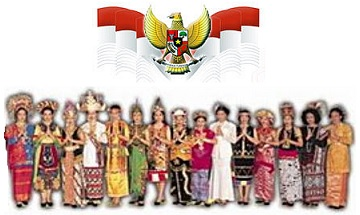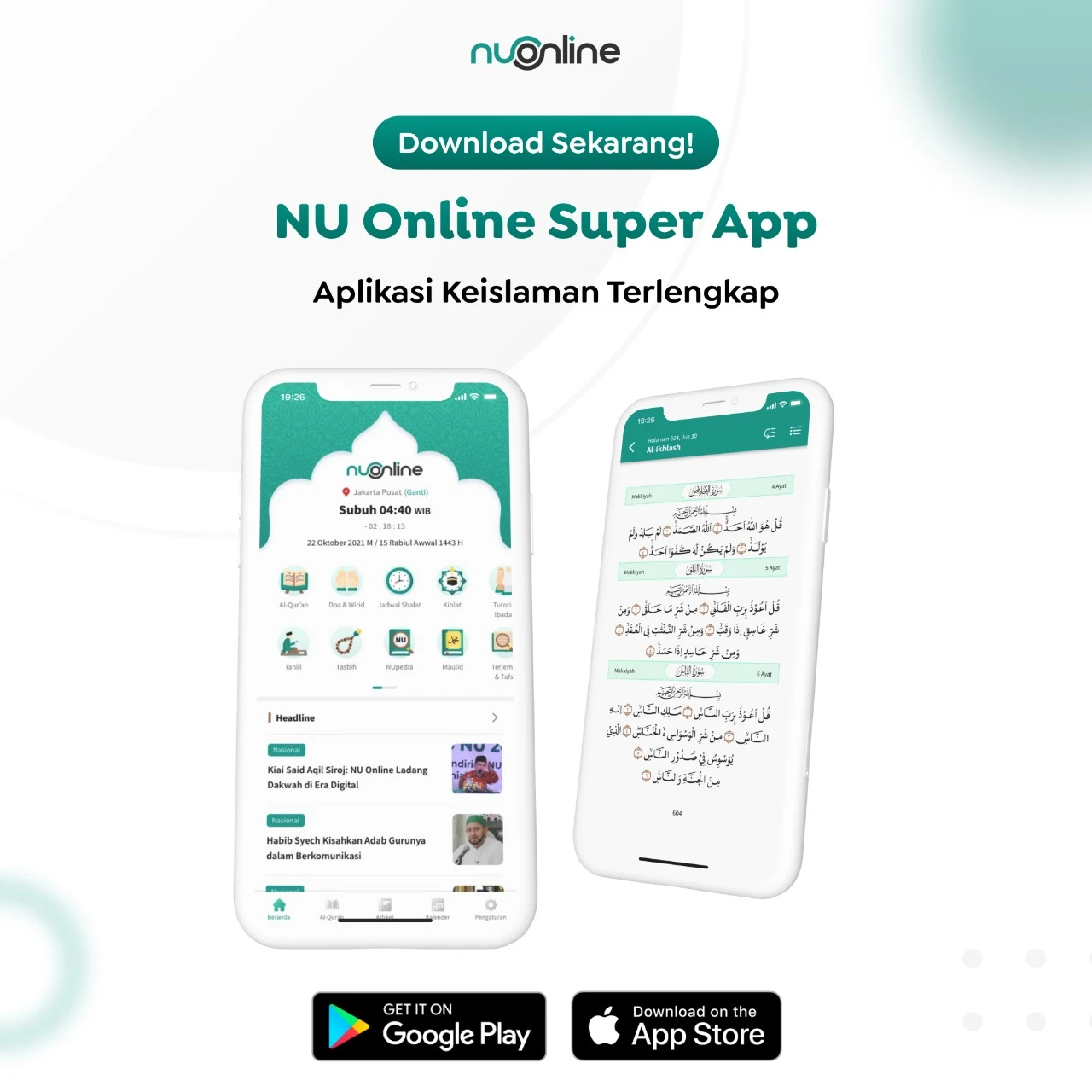By A Muchlishon Rochmat
If we talk about Indonesia, it means we talk about multiculturalism. Indonesia has more than 17.000 islands which spread from Sabang to Merauke. There are over 300 distinct native ethnic groups with more than 700 languages and dialects. They are united by Indonesian language and Pancasila as the ideology of the nation. Can you imagine how multi-ethnic societies Indonesia is. I think Indonesia is one of the largest multi-ethnic society countries in the world.
It has an estimated population for about 250 million people. It is known as the largest Muslim majority country because the presentation of Muslim in this country is for about 88 percent. The form of Indonesian government system is republic with the presidential system. It means that president and legislative are elected directly by the people. Now, Indonesia has 34 provinces with Jakarta as the capital city.
Indonesia declared its freedom from Japan in 1945 and became the first country which was independent after World War II. As long as 71 years of freedom, Indonesia has experienced many things, include the progression such as economics, politics, social, education development, even the decline such as human right violation, civil war, economic crisis, conflict, and so on.
I believe that every community has ever had the conflict, include Indonesia. Moreover Indonesia is the multi-ethnic society country; it would be susceptible with the conflict. Up till now, many media reported that religion is the source of the conflict happened in Indonesia. Actually, it not right completely, and not wrong completely.
Based on conflict occurred in Indonesia, we can divide that Indonesia conflict has three patterns. First, vertical conflict. It occurs when the people do not satisfied, want to implement their own ideology to be the foundation of the nation, and feel the government’s treatment is not fair to them, so they organize the rebellion to separate their people and region with Indonesia. They want to make their own government. The example of this vertical conflict is separatist Free Aceh Movement (GAM), separatist Free Papua Organization (OPM), and so on.
Of course those separatist groups threaten the unity of Indonesia. Government pays attention those movements seriously in order to they still want to gather with Indonesian government. In August 2005, Aceh Movement Separatist sign a peace deal providing for rebel disarmament and the separatist leader, Irwandi Yusuf, was elected as the governor of Aceh. Meanwhile, Free Papua Organization (OPM) is still active and Indonesia Government always make a discussion in order to they do not separate from Indonesia.
Second, horizontal conflict is a conflict which occurs between society with other society. There are many motifs of this conflict such as economic and prosperity gap, domination, religion, different culture and ethnic, and so on. Clash between indigenous Dayak-Madurese, Ambon conflict, and Poso conflict are the specimens of this conflict.
The conflict between indigeneous Dayak and Madurese trans-migrants is caused prosperity. As the transmigrant, Madurese prosperity in Kalimantan is better than the indigenous Dayak and Madurese received better treatment than Dayaks. So, it causes the social jealousy. Same as with Dayak dan Madurese clash, Ambon conflict is not based on the religion as the media reported. Religion is used to fire the situation. Far East Economic Review reports that unrest between Muslims and Christians in Ambon is a direct result of the government policy of ethnic migrant and provocation.
The last is political conflict. It often happen when general election is conducted, especially president election. The recent political conflict is when Jokowi and Prabowo became the candidate of the president of Indonesia in 2014. People of Indonesia divided into two fortifications; Jokowi’s supporter and Prabowo’s supporter. Before and after election, they bring down each other. I think it is normal. The most important thing is they have to unite to build the nation together.
Second, horizontal conflict is a conflict which occurs between society with other society. There are many motifs of this conflict such as economic and prosperity gap, domination, religion, different culture and ethnic, and so on. Clash between indigenous Dayak-Madurese, Ambon conflict, and Poso conflict are the specimens of this conflict.
Unity in Diversity
The motto of Indonesia is Bhinneka Thunggal Ika. That Sanskrit language means “unity in diversity.” Although Indonesia consists of multi-ethnic societies –even hundreds ethnic, they are able to unite. They are united by Pancasila, the ideology of Indonesia, as I told you before. Pancasila consist of five principles: belief in the one and only God, just and civilized humanity, the unity of Indonesia, democracy guided by the inner wisdom in the unanimity arising out deliberations amongst representative, and social justice for all of Indonesian people. I think if there is no Pancasila, Indonesia will be separated into several countries.
Indonesia people live in harmony and tolerance. Despite there is the incident of conflict between one community with the others or between one religion adherent with others, it cannot be made as an indicator that Indonesian life is not harmony and tolerance. We also have to pay attention with the Indonesia religious expression. We realize that religion issue is the easiest sources to ignite conflict. Whereas, religion issue is just a mask to cover the real source of the conflict, that is political or economic interest. I believe that the base point of every conflict is politics or economics.
Harmony and tolerance life in Indonesia is reflected from the each religion expression. As the majority, Muslims respect the other religion adherents when they celebrate their holidays. And in the contrary, the other religion adherents will respect Muslims when they celebrate their holidays. No specialization from the government about Islam, although it is the largest religion. Because in Indonesia, government states that holiday of each religion is free day. Even, many Masjid and Cathedral which is located side by side. Isn’t that the expression of the harmony and tolerance life?
Furthermore, Nahdlatul Ulama (NU), the largest Islamic organization of Indonesia even in the world (with 91 million members based on the last survey), has the tradition to make sure and keep the security when other religion adherents do their own worship. For example, NU through Banser (security body of Nahdlatul Ulama) always keeps the security and safety of the church as long as the Christians celebrate the Christmas and they are brave to die in order to guard and maintance the wholeness and unity of Indonesia.
NU is the socio-religious organization which was established in 1926. For the first time, NU was formed to response of Wahhabi arising in Saudi Arabia and Islamic modernism in Indonesia. NU exist is to spread tolerant and friendly Islamic teaching, to respect the local wisdom, and to curb the extremism, radicalism, and terrorism.
Shortly, I believe that harmony and peace could be reached by tolerance life and respect each other. We should spread the values of tolerance life and respect each other in our communities.
The writer is the Vice of General Secretary of Indonesian Islamic Youth Council (MPII Pusat)
Terkait
Terpopuler
1
Mustasyar, Syuriyah, dan Tanfidziyah PBNU Hadir Silaturahim di Tebuireng
2
Khutbah Jumat: Kerusakan Alam dan Lalainya Pemangku Kebijakan
3
Pesantren Tebuireng Undang Mustasyar, Syuriyah, dan Tanfidziyah PBNU untuk Bersilaturahmi
4
Khutbah Jumat: Mari Tumbuhkan Empati terhadap Korban Bencana
5
20 Lembaga dan Banom PBNU Nyatakan Sikap terkait Persoalan di PBNU
6
KH Said Aqil Siroj Usul PBNU Kembalikan Konsesi Tambang kepada Pemerintah
Terkini
Lihat Semua


